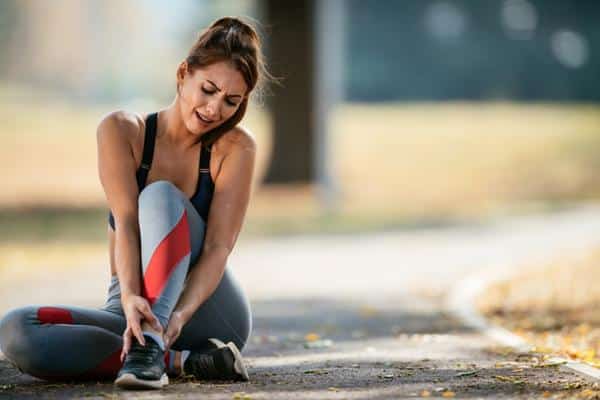What are the best ways to stop and prevent muscle spasms? Muscle spasms occur when muscles or muscle groups involuntarily contract. Spasms often happen suddenly, without prior warning. Muscle spasms are harmless and only last a few minutes but can occasionally be accompanied by sudden sharp bursts, pain-causing the sufferer to feel highly uncomfortable. A series of spasms, or permanent spasms, is called spasmism. In addition, medical conditions, such as dystonia, can also cause muscle spasms.

Spasms occur when a muscle or the muscle contracts tiny fibers without you consciously making it happen.
When the muscle or fibers that have contracted sustain this contraction, the spasm becomes a cramp. Muscle spasms and cramps vary in intensity from person to person and from situation to situation. While you may get the occasional minor twitch, another person may suffer from an intense spasm that leaves a bruise.
Muscle spasms and cramps can affect any muscle in your body, including voluntary and involuntary muscles. Also, this means that apart from skeletal muscles (voluntary muscles), other involuntary muscles such as blood vessels, bowels, uterus, urinary tract, and the bronchial tree can also be affected. Bladder spasms are one example of involuntary muscle spasms.
According to the American Academy of Orthopedic Surgeons, three muscles or muscle groups are most susceptible to spasms. These are the calf muscles (gastrocnemius), the back of your thighs (hamstrings), and the front of your legs (quadriceps).

Two significant causes of muscle spasms
There are two leading causes of muscle spasms. The first is muscle fatigue aggravated by overstretching, which would make a muscle do more than what we have conditioned it for in layperson’s terms. Muscle fatigue, or “altered neuromuscular control,” is the prime pathophysiological cause of muscle cramping.
The second reason is electrolyte depletion resulting from dehydration. Heavily sweating drains vital bodily fluids and electrolytic nutrients, including sodium, calcium, potassium, magnesium, etc.
Three tips to prevent muscle spasms
Muscle spasms and cramps are more distracting than dangerous and usually not severe enough to warrant medication. Often, if you wait, a spasm will stop on its own. However, if the pain becomes unbearable, follow the following steps.
- Stop the activity that triggered the spasms or cramping.
- Gently stretch the cramping muscle and keep it stretched until the cramps have ceased.
- Apply heat and gently massage tightened muscles. Alternatively, applying a cold compress can relieve the soreness once the muscles have loosened up.

The Last Word on How to Prevent Muscle Spasms
To prevent cramps caused by an electrolyte imbalance, eat food rich in vital nutrients: potassium, sodium, calcium, and magnesium. Include bananas, oranges, cantaloupe, honeydew, apricots, grapefruit, dark leafy greens, spinach, kale, swiss chard, turnip greens avocados for magnesium.




